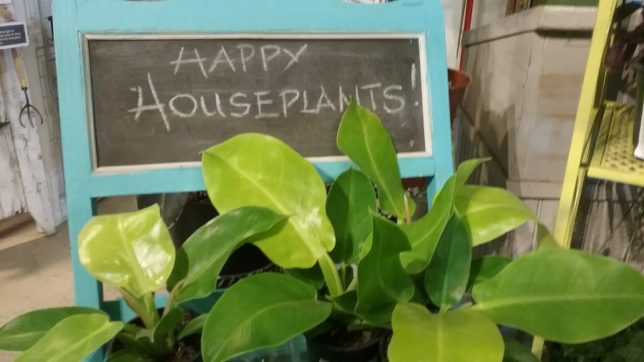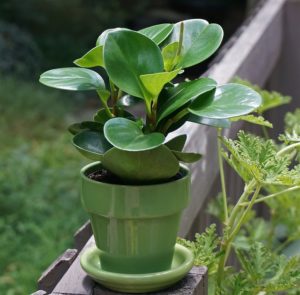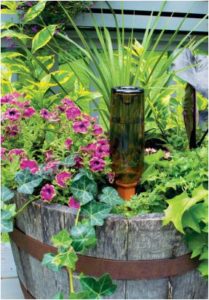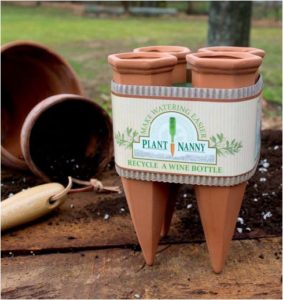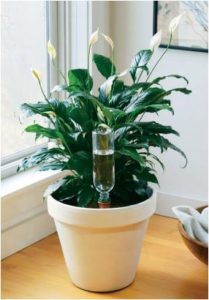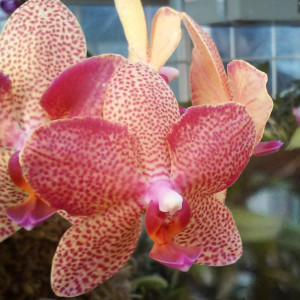 Elegant Orchids Made Easy!
Elegant Orchids Made Easy!
Saturday, August 25th from 10-11:30 a.m.!
Are your orchids looking bedraggled, leaving you befuddled, and a little bummed out? Behold! We have solutions that will leave you beaming and your orchids on the way to blooming! Our orchid expert Sue will teach you to understand the language of orchids and nudge you on the way to being an orchid whisperer. It is amazing what a little practical information (hands on – not from books or video) can do for your confidence in dealing with orchid issues.
It doesn’t have to be complicated. It just requires a basic understanding of where they come from and their needs – just like any other plant. But they are NOT just any other plant. They are extraordinary in their variety and beauty! So join us, and ask questions to your heart’s content. You are also invited to bring in a plant or two that you have questions about. The cost is $15.00, and bring a friend for FREE. Sign up with our Alden Lane Cashiers today! Call (925) 447-0280.
Helpful Tips
The following are a few tips Sue shares to get you on the right path with your orchids
When in doubt, go drought! It is much better to dry an orchid out than to risk over-watering — most are designed to go through drought periods. It is worse to create an environment of slow death by killing it with kindness and drowning the roots and/or creating root rot.
Whatever you do, do it before noon! Orchids will react far better to care early in the day rather than later.
Light, Light, LIGHT! Most orchids will not bloom without it. We all say we have enough, but if you have had it for over a year without blooms, you don’t. Give as much filtered bright light for as long as possible, without putting it in direct, midday sun.
Beware of Sunburn! If you place an orchid in a very bright, hot window, leave it for 5 minutes then feel the leaf– if it is warm you need to move it further back from the light or it will sunburn.
Most house orchids like to be watered about once a week. Pick up the container and see how light it is. Note: moisture meters don’t work in bark mixtures or moss. When you do water don’t be stingy — flood them well, let them drain, and dry them out thoroughly in between waterings.
When repotting an orchid, pick the pot you will use in repotting AFTER you have unpotted the orchid. You pot according to how many roots you have; not according to how big your plant is. Once you uncover the roots and do some trimming, you may decide it doesn’t need a bigger pot after all. They all love to be tight in the pot with just a smidge of wiggle room.
Orchids are beautiful and can be fun to grow and show off. Plan to attend this fun and informative Orchid Therapy class and learn how to grow orchids your friends and neighbors will envy.
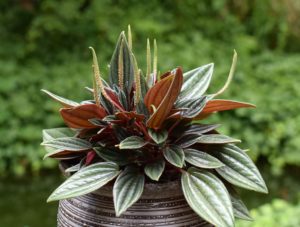 In addition to looking good, these plants can significantly reduce toxins in our indoor air. The cast includes those that love the spotLIGHT! Fiddle Leaf Figs for true drama, palms for exotic ambiance, and don’t forget the elegant rubber trees in deep burgundy and colorful variegated varieties. The supporting roles that also tend to hog the light are hoya plants, hardy umbrella plants, perky peperomia, orchids, and African violets. Air plants also share the limelight and are a bonus for quirky displays of unusual décor.
In addition to looking good, these plants can significantly reduce toxins in our indoor air. The cast includes those that love the spotLIGHT! Fiddle Leaf Figs for true drama, palms for exotic ambiance, and don’t forget the elegant rubber trees in deep burgundy and colorful variegated varieties. The supporting roles that also tend to hog the light are hoya plants, hardy umbrella plants, perky peperomia, orchids, and African violets. Air plants also share the limelight and are a bonus for quirky displays of unusual décor.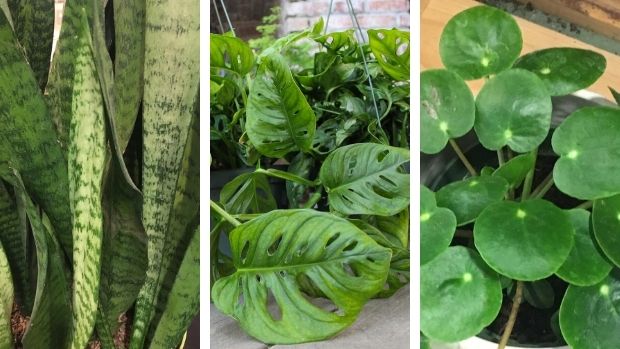

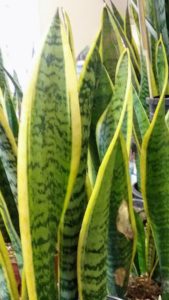 This incredible houseplant hails from West Africa and India but is very much at home in your household. It has a few familiar names, such as Snake Plant, and Mother In Laws Tongue (no comment), but its botanical name is Sansevieria, and it comes in several color variations.
This incredible houseplant hails from West Africa and India but is very much at home in your household. It has a few familiar names, such as Snake Plant, and Mother In Laws Tongue (no comment), but its botanical name is Sansevieria, and it comes in several color variations.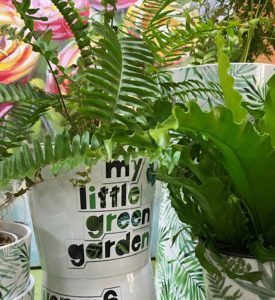
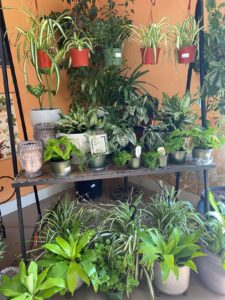
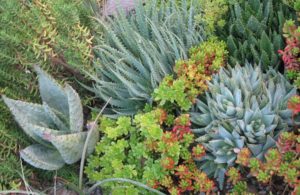 What is not to like about succulents? Succulents are the rave right now, and that’s not hard to understand when you see all the advantages they offer.
What is not to like about succulents? Succulents are the rave right now, and that’s not hard to understand when you see all the advantages they offer.
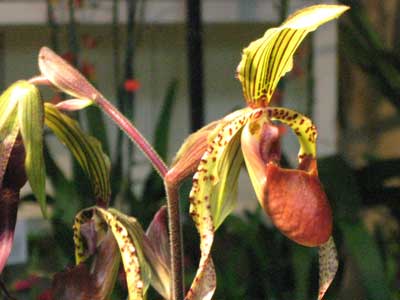 Tough Love for Your Orchids to Thrive
Tough Love for Your Orchids to Thrive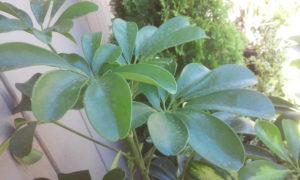 Summertime R & R is beneficial not just for the humans, houseplants and orchids revel in a little outdoor vacation of their own.
Summertime R & R is beneficial not just for the humans, houseplants and orchids revel in a little outdoor vacation of their own.